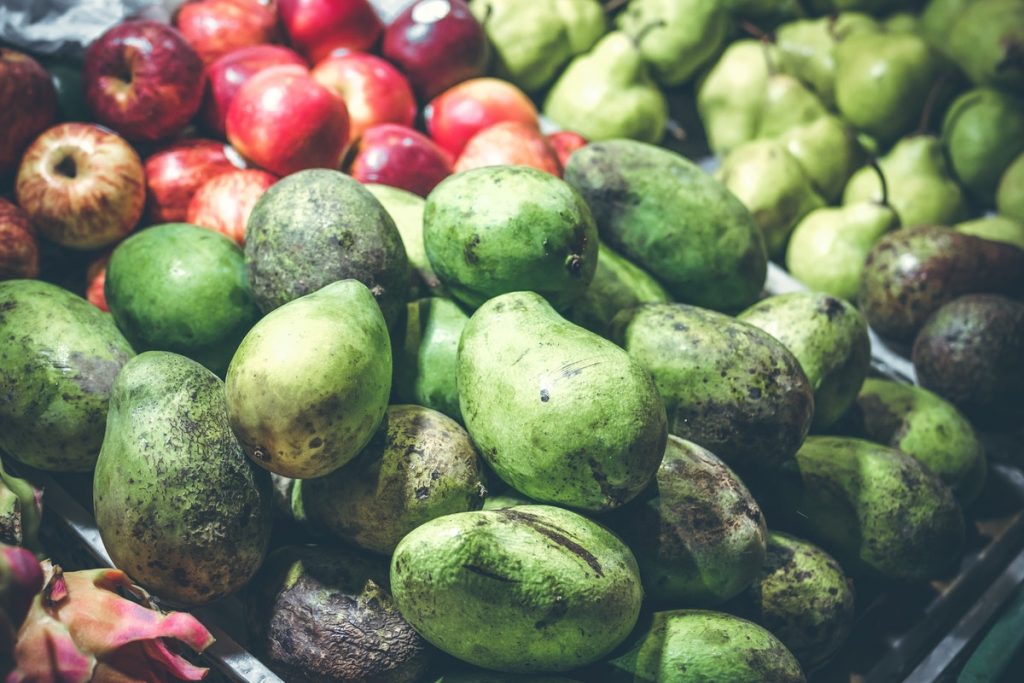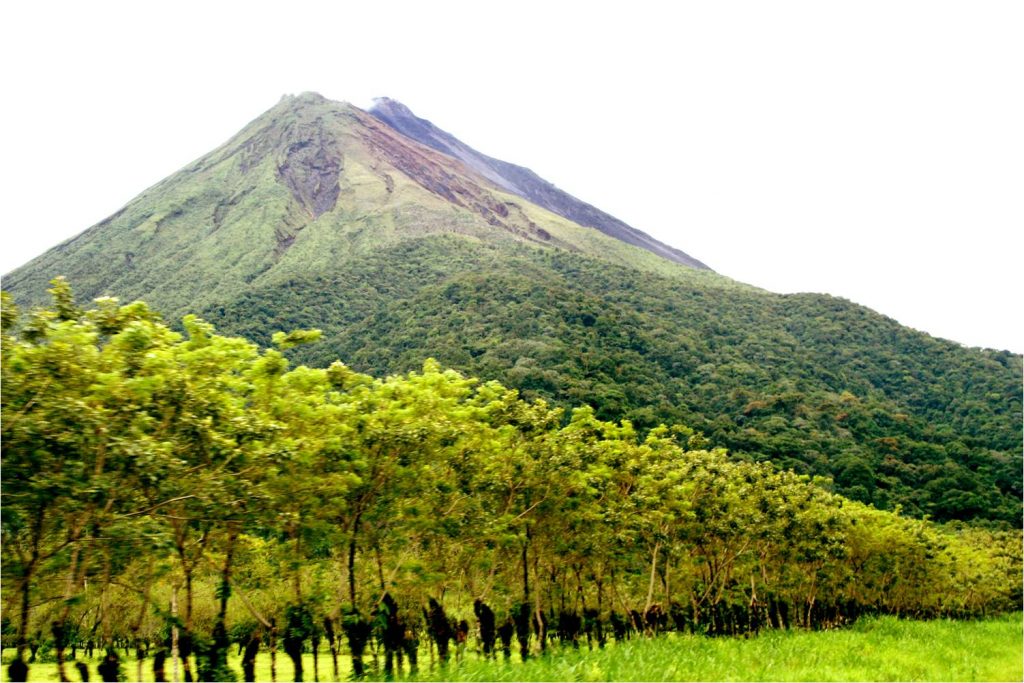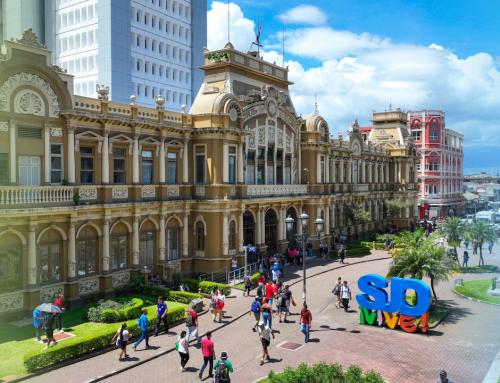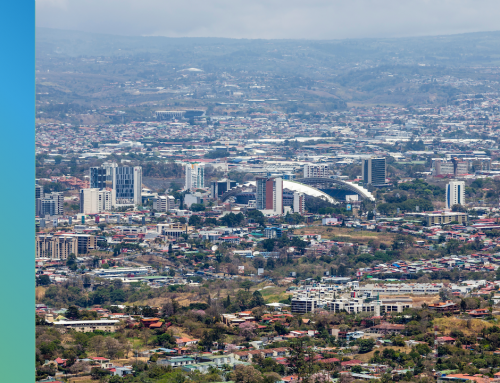On farms various methods are used to delimit terrain, and most of them come from dead fences with different materials. These can be wood, cement, stones, etc. The other type is called “living fences” and these are the ones that are most commonly used on farms in Costa Rica. This silvopastoral practice is based on using trees or shrubs in order to hold the barbed wire to delimit the edges of the property.
They are divided into two types: simple live fences & multi-layer live fences. They differ because the simple ones are made up of only one or two species, while the multi-strata are made up of more plant species. Its benefits apart from those of a fence are that they can serve as shade, a source of wood, animal foodd, and control carbon emissions.
Live Fences Considerations
The installation of simple live fences can be done through installing new / first time fences, or it can also be done by exchanging the dead fence for a live one. Normally the posts of the dead fences carry more distance between them, up to 8 meters. For living fences it is important to maintain a distance of not more than 2 meters nor less than 1.5 meters. Also you can plant trees from scratch, or plant a tree that has already grown.
In the installation of multi-layer live fences the process is the same. Only you have one more option: replace simple live fences with multi-layer fences. This occurs when a plant is moved and another plant is planted in its place on the fence. To place these they must also be given enough space so that they can grow well. Depending on the tree or shrub, more than 2 meters should be given in order for it to flourish properly.
For maintenance you should only prune them and ensure that they carry the necessary amount of water – if you live in a dry area you should water them. Pruning can be total (the entire crown) or partial (dry / diseased branches). They do this to reduce excessive shade, prevent trees from tipping over and also shape the tops. Similarly, only partial pruning is recommended, since total pruning eliminates most of the benefits that this fence can bring to your farm.
The Benefits

First, live fences – as opposed to dead ones – provide shade for grazing animals. Or shade for planting crops that cannot bear direct sun. Secondly, they also bring diversity to the farm, especially multi-strata. This is a benefit because its fruits can be used so that the farm animals can eat them, and the people who live there as well. They can even make a profit and sell the fruits! If they plant jocote, mango, lemon, orange trees, etc …
Regarding the environment live fences help control the farm’s CO2 emissions since they are part of the natural cycle of photosynthesis in nature. These fences are considered an aid for the conservation of biodiversity because with their fruits they can attract new species of animals to your farm and provide them with a healthy environment to live.
In conclusion, live fences – whether single or multi-stratum – are an advantage for you as a farm owner, for your animals, for your farm and for the environment. So: we recommend you implement them now to help the planet!







